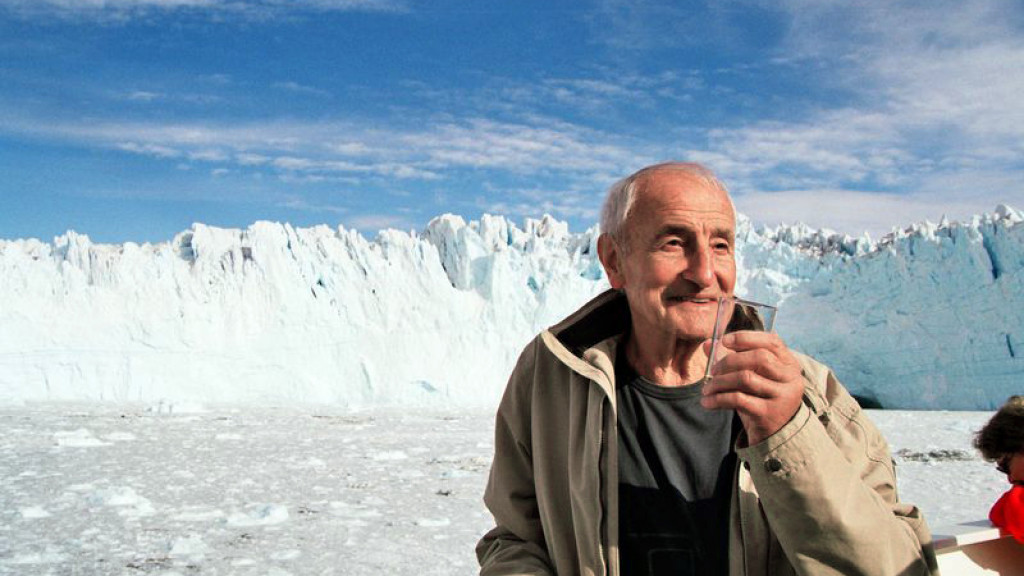In Memoriam: Claude Lorius
The International Polar Foundation mourns the death of a legend in climate change research.
World renowned French glaciologist Dr. Claude Lorius (1932-2023) passed away earlier last week at age 91. Over his long and productive career, he led 22 expeditions to Antarctica and Greenland to study ice and his insights were fundamental in creating the link between polar research and the study of Earth’s climate.
Claude Lorius accorded the International Polar Foundation the singular privilege of accepting to be amongst the first Honorary Members of the Foundation in 2002.
In 2001, Alain Hubert consulted the world-renowned Climatologist André Berger, professor at the Institute of Geophysics Georges Lemaître (UCL) about creating a new foundation. This new foundation aimed to establish a platform between science and society to enforce the role of science as a driver to action on climate change.
André Berger became a co-founder of the International Polar Foundation (IPF). He advised Alain Hubert to first consult with the heads of three leading European Polar Research Institutes to find out if the initiative could provide useful support to improving public outreach on climate change.
“That is how I came to meet Claude Lorius, who was at one time head of the Laboratoire de glaciologie et géophysique de l'environnement (LGGE)*, in Grenoble, an institute with whom I had longstanding relations linked to the study of weather in Antarctica, and with whom I later came to do a long series of data collection on snow accumulation in Antarctica,” IPF President Alain Hubert explained. “He was a very compelling figure, with a very active imagination and keen intellect which allowed him to see a connection that might have escaped the notice of others.”
Prof. Lorius’ most important contribution to polar science came in the 1960s from his help in pioneering ice coring as a means to study the Earth’s climate history, at Vostok Station in Antarctica, where the first cores were being extracted. From a happy accident involving millennial ice cubes crackling in a glass, he postulated that studying the air bubbles trapped in such ice that had been buried over millennia in polar ice sheets could reveal information about Earth’s climate in the distant past (up to 800,000 years currently by this method). From there it could be extrapolated how temperature evolved, in line with concentrations of the greenhouse gas carbon dioxide (CO2). The atmospheric concentrations of various gasses stored in tiny bubbles trapped in the ice, allowed for measuring the concentrations of the carbon-dioxide in these trapped air bubbles. The deeper the core extracted, the older the ice, and the air in the bubbles. It became possible to link the concentrations of carbon dioxide to ambient temperature, creating what became known as the Hockey Stick Curve. It became evident early on that the research being carried out in the Antarctic had key lessons for the study of climate change.
The changing concentration of carbon dioxide extracted from the ice cores, could be linked to the average global temperatures rise after the start of the Industrial Revolution in the late 18th century, when human activity was responsible for emitting large quantities of carbon dioxide into the atmosphere from burning of fossil fuels, like coal.
*(Note: the LGGE does not exist anymore, having been absorbed by other institutes such as the Institut des Géosciences de l’Environnement).

